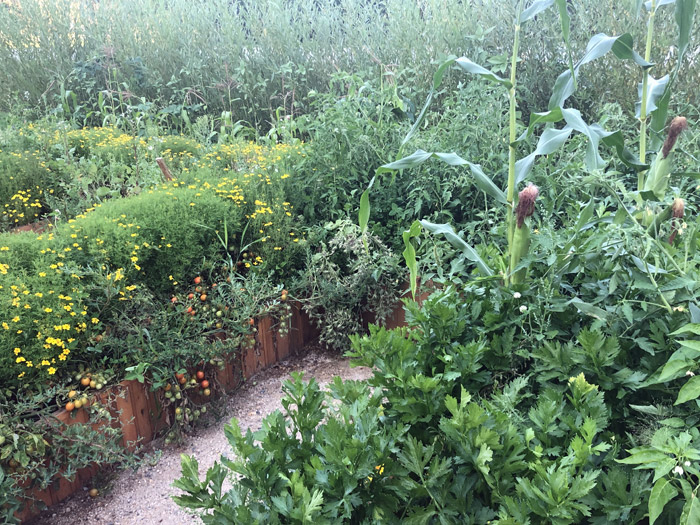I got my agricultural degree at the University of Manitoba in the 1960s. I don’t recall ever talking about regenerative agriculture then. Soil testing was considered progressive because farmers were still learning how to use chemical fertilizer. Soil tests told the farmer what chemical nutrients were in the soil which in turn helped the farmer decide how much chemical fertilizer to apply. Farmers were also just learning how to use weed control chemicals. I don’t think we learned anything about crop fungicides. Our fathers had been organic farmers who knew little about chemical farming.
So in the late 1960s, we sallied forth from the University to educate farmers about chemical farming. I think we made a pretty good job. And it wasn’t only agriculture. We were discovering new ways of doing many things. We were of a generation where our parents had gone to the grocery store to buy sugar and salt, but grew most of what the family ate themselves. There was so much more to learn.
The first warning I had that this chemical food production might not be sustainable was the book Limits to Growth published in 1972. These writers point out something we all know at one level but need to be reminded of periodically, namely that there is a limit to all growth. Human ingenuity can increase growth possibilities, but cannot enable perpetual growth. We thrive as we recognize this and learn to limit growth at appropriate times. As this truism has become more a part of our thinking, farmers and researchers have come up with new ways of doing things. Although chemical agriculture still dominates, there has been modern organic agriculture, and now more recently, there is regenerative agriculture.
We have discovered that chemical food production does not nurture the microbial life in the soil, and as a result we have and are continuously losing soil carbon to the air. Not only does this contribute to the CO2 in the atmosphere, this is also a reflection of soil health – the ability of the soil to generate the nutrients the plants need. So soil scientists are now measuring the microbial health of the soil – something they did little of in the 1960s. Regenerative agriculture addresses this.
This means something for farmers, and we’ll let them address that. But what does that mean for the rest of us, particularly what does that mean for those of us into home gardening? There are four basic principles in regenerative agriculture:
- Keep the soil covered.
- Have living roots year-round.
- Minimize soil disturbance.
- Maximize crop diversity.
To apply these in the home garden is a challenge. It means leaving the roto-tiller in the shed, not something we gardeners do easily. My mother taught me to garden. I well remember her exuberance when she first got a roto-tiller. The roto-tiller, of course, maximizes soil disturbance, something we have thought desirable – but regenerative agriculture says it isn’t, not if we want to keep healthy soil microorganisms. Regenerative agriculture means keeping all kinds of plant residue on the soil surface, it means to plant something immediately in the space vacated when the pea harvest is finished.
We are not the first ones to walk this route. There are lots of resources on the internet on no-till gardening, but it’s never as easy as it seems on YouTube. I’ve tried it for a number of years and remain frustrated. I recently viewed a good motivational documentary explaining regenerative agriculture called Kissing the Ground on Netflix.




